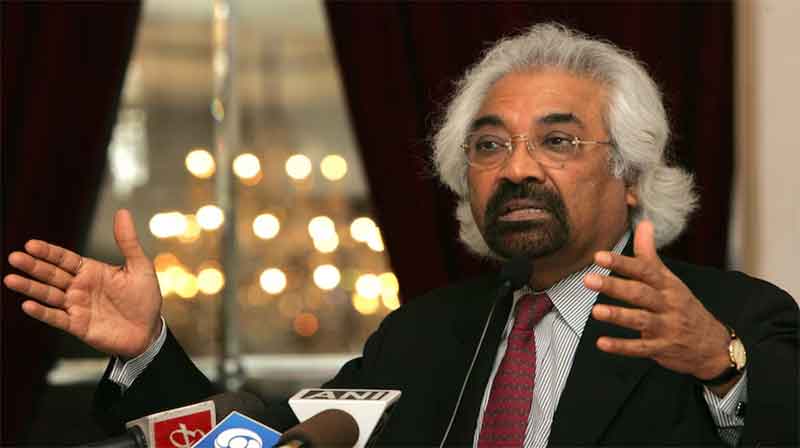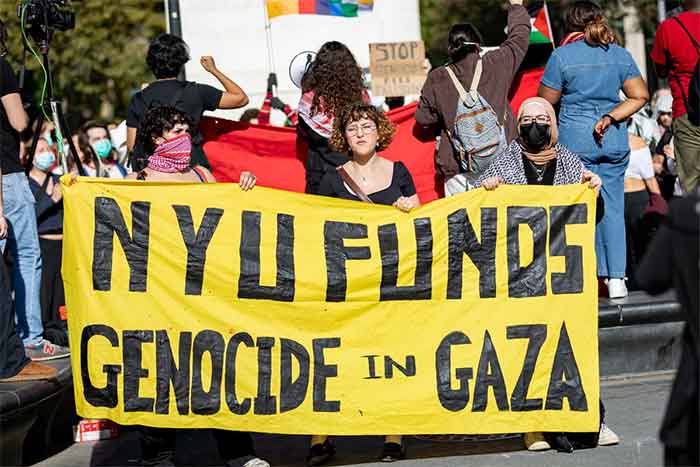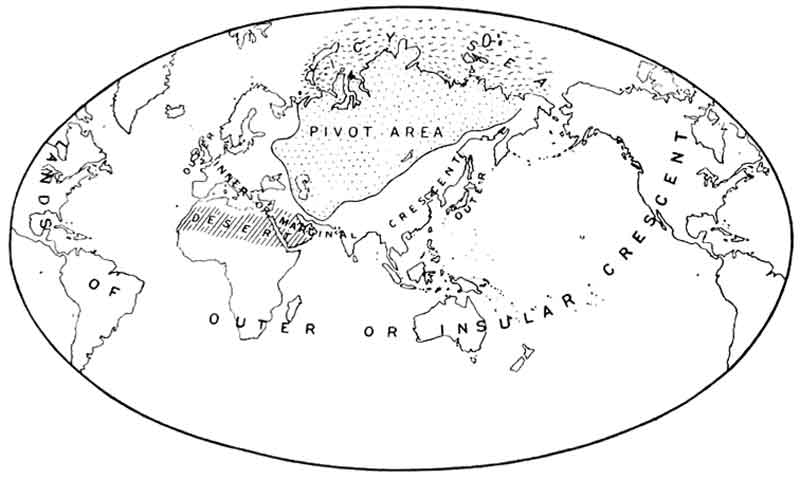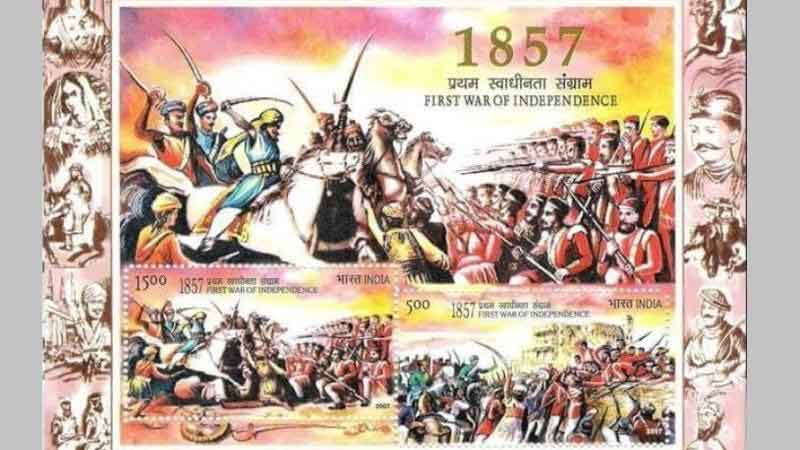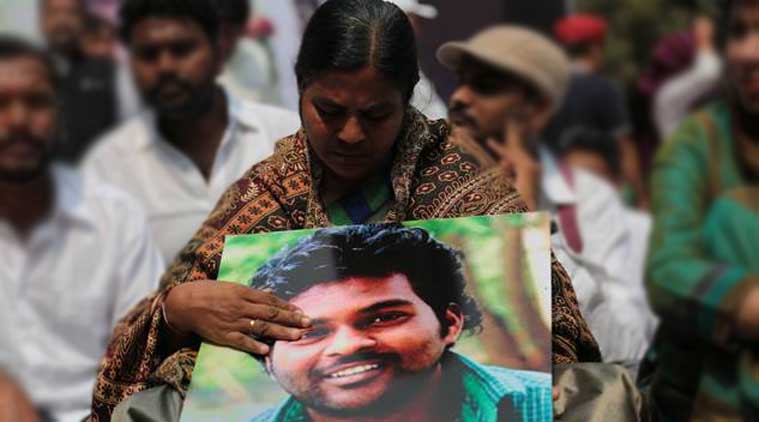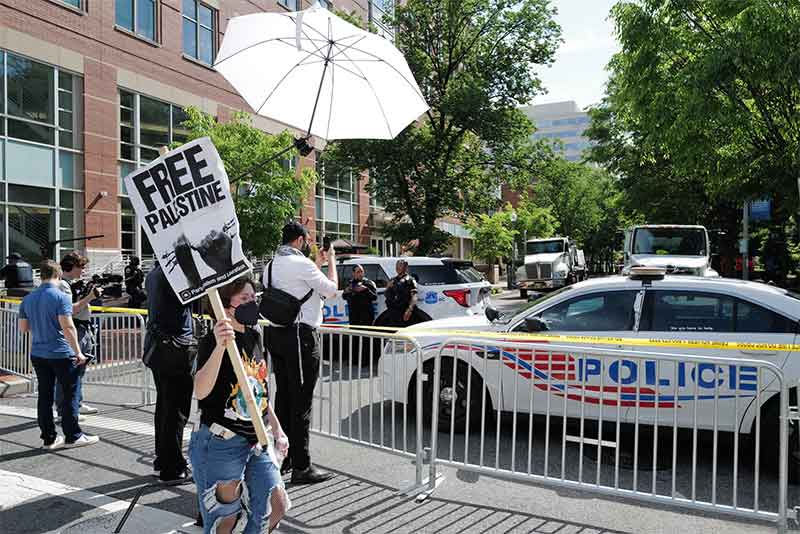 This book is part 9 of the Sison reader series, ‘GRP-NDFP Peace Negotiations’ encompasses the years 1986 to 2022. It reflects the role Joma Sison played in exploring and realizing the peace negotiations. It carries the essays, statements and interviews related to the tremendous odds, explorations, preparations, the forging of agreements, frustrations and advances. The book also gives deep insight into the fascist designs of the Duterte regime. It portrays how transition of legal struggles crystallise within a revolutionary armed struggle
This book is part 9 of the Sison reader series, ‘GRP-NDFP Peace Negotiations’ encompasses the years 1986 to 2022. It reflects the role Joma Sison played in exploring and realizing the peace negotiations. It carries the essays, statements and interviews related to the tremendous odds, explorations, preparations, the forging of agreements, frustrations and advances. The book also gives deep insight into the fascist designs of the Duterte regime. It portrays how transition of legal struggles crystallise within a revolutionary armed struggle
What is most impressive is the lucid, symmetrical and logical manner Sison throws light on how peaceful negotiations are an integral part of a people’s revolutionary movement and projects a model of a non –mechanical or non-dogmatic approach to counter neo-fascism Sison illustrates the flexible approach towards dealing with contradictions within a bourgeois state.
Uprisings have always been a central trend in the history of Philippines, where the soul searching landscapes abjectly contrast with the political scenario. A long history of conflict has been the precursor to several peace tables, all intended to deal with topics of deeply-engrained poverty and inequality.. The most important question has been whether these agreements can really establish sustainable peace.
The very fact that world’s longest running insurgency has engaged in peace negotiations for thirty of its fifty years, speaks for itself. Talks between the National Democratic Front of the Philippines (NDFP) and the Government of the Republic of the Philippines (GRP) have been slowly but steadily building up. So far, the parties have mutually concurred on framework agreements. With discussions now undergone over substantial reforms and political motivations, and at the dawn of a second Marcos administration, Professor Jose Maria Sison timely reminds us that the very goal of the communist war in the Philippines is ultimately, peace.
Commemorating the golden jubilee of the Communist Party of the Philippines (CPP) a few years back, Prof. Sison called upon the party to intensify the war, and at the same time, advocate for peace. Readers of the book will be helped to understand that war and peace negotiations were not contradictory, but rather, part of the same package. Still they must distinguish between the democratic character and programme of the NDFP from the oppressive GRP
The book explores a broad spectrum of issues, under the theme of “on the GRP-NDFP Peace Negotiations”. Meaningfully, it is concluded by an interview about the 1986 elections, and another about the 2022 elections. This collection of articles and works vividly illustrates the history of and projects the politics, as well as philosophical drawbacks, of the peace movement in the Philippines. Previously, the NDFP had published the booklet introducing “Two Articles on the People’s Struggle for a Just Peace” (2015), as part of the education series of its Human Rights Monitoring Committee. This new book is a wider, more illustrative collection of his thoughts relevant to the subject, traversing zones of substance and procedure, as well as general and specific topics.
Very few posess the capability of Prof. Sison, the chief political consultant of the NDFP at present. Being the founder of the new communist party, which the NDFP represents at the table, he not only has the institutional memory but also exerts the greatest personal influence over a group that has persistently resented hypocrisy of a pacific democracy. Through the years, Prof. Sison has actually risen as one of the strongest mascots of the peace movement.
His methodology, accuracy, and consistency, especially when addressing the root causes of the communist revolution, demonstrates an academic flair that will make the book a reliable source to all types of scholars and students. Three of the longest articles, “History and Circumstances Relevant to the Question of Peace” (1991), “The NDFP Framework in Contrast with the GRP Framework” (1991), and “On the Question of Revolutionary Violence” (1993), give us a cogeal account of the conflict in the Philippines and offer incisive analysis obliterated in textbook works.. The professor in Sison is manifested through, as he craftily penetrates academic perspectives and fuses together social science theories with practical applications. Sison brilliantly blends social science theories with practical experience. Above all he gives great credibility to the movement of the NDFP, manifesting its truly revolutionary character.
Prof. Sison, in consonance with true tradition of Marxism, inculcates spirit within readers to not only interpret the world, but to change it. He manifest the role of a conductor in an Orchestra – cadres of the red army, members of mass organizations, supporters of the national democratic movement – work together like a plot in a film.. In recognizing that all persons can play a role in constructing peace, Prof. Sison appeals to and educates a general audience. His political and polemical writings are worthy of a place in the cradle of most accomplished thinkers of the era.
Quoting Sison “Let me consider the possibility that through peace negotiations the GRP and NDFP agree to cease and desist from trying to destroy each other and decide to take the road of national unity and reconciliation, full national independence, democracy, social justice and economic development through genuine land reform and national industrialization and expansion of social services by using as the key the availment of certain natural resources (marine and mineral) that the Philippines has in abundance in the West Philippine Sea (aside from the methane nodules, oil deposits and heavy metals in Benham Rise), instead of allowing or emboldening China as one more imperialist power to violate the national sovereignty of the Filipino people, the UN Convention on the Law of the Sea and the 2016 judgment of the Permanent Arbitration Commission in favour of the Philippines against China.”
Several interviews are included in the collection which touches upon burning issues that the public dwell e upon. Such as, concerns over continuing clashes as negotiations are ongoing, and modes of engagement on the battlefield. Questions like these are complex. Why does the New Peoples’ Army continue to resort to landmines? Why can’t ceasefires be more frequent and longer-lasting? Media will always press for straight, categorical answers, but Prof. Sison’s firm grasp of the essential points permits him the path to traverse complex areas where others interpret as deflection.
Summarising the situation in the Philippines, the economy, of the peace talks and of the fighting, with surgical dissection he condenses several volumes of his writings in as little as three paragraphs. Most clinically a synthesis is established between events and the background prevalent.
In January 2012, he admitted the he is not too optimistic about negotiations under Aquino, which the NDFP had engaged two years prior. In August 2016, he lauded Duterte for the breakthrough in the peace talks, but later reconsidered when relations maligned and peace consultant Randy Malayao was murdered. Many slander these efforts as “mistakes” but Prof. Sison conscientiously refers to the NDFP’s policy of being open to peace negotiations, the “constant policy of seeking a just and lasting peace”. This kind of patience reflects a scrutiny of peace work and experiences in the Philippines, as well as in China, Vietnam, Nicaragua, El Salvador, and South Africa. The persistent pursuit on long-term perspective rather than short term victories will ensure that parties no longer resort to war.
Many of the concerns are legal. In “Remedies to Obstacles or Problems in the GRP-NDFP Peace Negotiations”, Prof. Sison at the press conference launching the International Legal Advisory Team in 2011 demonstrates his comprehensive understanding of influence of international laws, at first glance, a non-international, intra-state conflict. In a concise but researched introduction, Prof. Sison diplomatically emphasizes “political integrity”. In his other articles, however, Prof. Sison refers to the recognition and rights of belligerency as a basis for engagement between the NDFP and the GRP.
The NDFP precisely signed on and adheres to international humanitarian law instruments – laws of war – in its conduct, even without reciprocity by the GRP. However, the customary doctrine on belligerency, upon which the NDFP claims rights, has been perceived in decline and apparent degeneration after the Second World War. Only a handful of experts have acknowledged otherwise, and as it seems, Prof. Sison could be crucial in convincing more.
His deep penetration of the important role of the United States in he global context also indicates an extended concept of armed conflict. In a semi-/neo-colonial Philippines, does the involvement of the US on various political aspects trigger a world wide internal armed conflict? Is there space in law for such “third” category of armed conflict? This also creates a considerable problems for third states and parties who have always found a place in Philippine peace processes. What are the consequences of intervening on either side?
Because the process is in transition, there are very few experts and scholars who have garnered the courage to undertake conclusive studies and predictions on the Philippine armed conflict, lest they be proven wrong in the long run. It falls upon Prof. Sison to embark o this project. Sison’s evaluation of prospects of the GRP-NDFP peace negotiations at different junctures in the timeline are always grounded. Without doubt he is a central figure in the peace negotiations, particularly as there are only a handful of NDFP personalities not working incognito.
Thus, Prof. Sison’s refusal to concede to the lesser “state of insurgency” is expected. To categorise the armed conflict as either rebellion, insurgency, or even terrorism has significant personal bearing. Prof. Sison has been branded as a terrorist in different territories, intended to make alienate him.. Asked in an interview with the Philippine Daily Inquirer in 2002, how he felt about this, Prof. Sison merely said that he was not subdued. This is testified by his continuous writing. The book is manifestation of the intelligence and strength of the Phillipines Movement and illustration that Prof. Sison is not a terrorist, but a diehard revolutionary and true democrat. Nothing could better illustrate this phenomena than Sison’s ever consistent talks and writings in recent times, penetration many diverse spheres of the World Revolutionary Movement, like launching the Sison book series.
In the latter parts of the book, Prof. Sison dwells over the possibility of his participating GRP government, or even being GRP president. “Crooks and butchers have become president in the Philippines,” he says, his attitude manifesting realism.
Sison is an embodiment of patience and discipline. Decades of exile has not subdued but instead further enlightened Sison to collect every morcel of useful information from and about the Philippines. Writing to Bienvenido Lumbera who turned 80 in 2011, Prof. Sison dipped ink to project that nothing distinguished his personal from political life. His own 75th birthday was a testimony of staying healthy and live longer in order to relentlessly serve the people.
I recommend all readers to refer to the Interview in Monthly Review on July 1st 2008 on Peace Negotiations and by the Phillipines Daily Inquirer. with Professor Sison.Also useful is Sison’s talk on the 2022 elections where in the very heart he projects the nature of neo-fascism within Phillipines.
Possible Weaknesses
However, the continuous state of flux in relationship with Duterte needs to be examined, and what compelled Sison to inculcate talks with Duterte. We need to probe into why a revolutionary force entered into dealings with a dictatorial regime, in context of the major setbacks in the Phillipines Revolutionary Movement. A reader must not be lured of negotiations being a strategic path of the NDFP,and interpret its only as a tactical recourse. To me it is debatable or questionable whether undertaking Negotiation is a correct ploy to consolidate prospects of the revolutionary movement, with the armed struggle in state of strategic defensive, and the government unleashing a merciless counter offensive. Arguably it is a setback in the revolutionary movement to fortify itself against the enemy that forced the NDFP into sitting on the negotiation table, or possibly veer towards compromise. It could lead to a stalemate of the people’s revolutionary struggle. Today NDFP being open to peace negotiations, may be incoherent to consolidating the people’s struggle.
Significant that many quarters were critical of The NDFP negotiations compromising the revolutionary goal .However this was refuted by many Marxist or Maoist intellectuals through referring to events of the past like the Brest-Litovsk theory in 1918, the Ribbentrov-Molotov pact of 1939 or the 1937 alliance between the CCP and the Chiang Kai Shek led nationalists in 1937, to fight Japan. However the circumstances are not similar and the behaviour of the GRP in mercilessly suppressing resistance makes one doubt credibility of negotiations.
A significant weakness of the book is it’s academic character which sings overtones of bourgeois democracy or legality, instead of people’s revolutionary movement or peoples War.Sison’s adherence to accepting possibility of obtaining an office in the GRP, denotes a compromising nature. Objective of peace overlaps that of revolution, expressing neutrality to the NDFP and GRP. It would have been appropriate if such a book had more critical reviews within the Marxist circle. The compromising experience in Nepal is a concrete example, in recent times.
Harsh Thakor is freelance journalist who has undertaken extensive research on International Communist Movement










